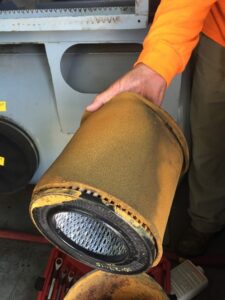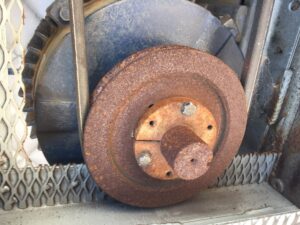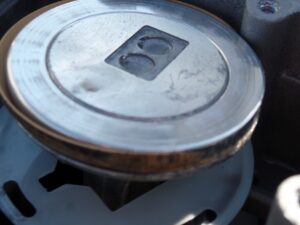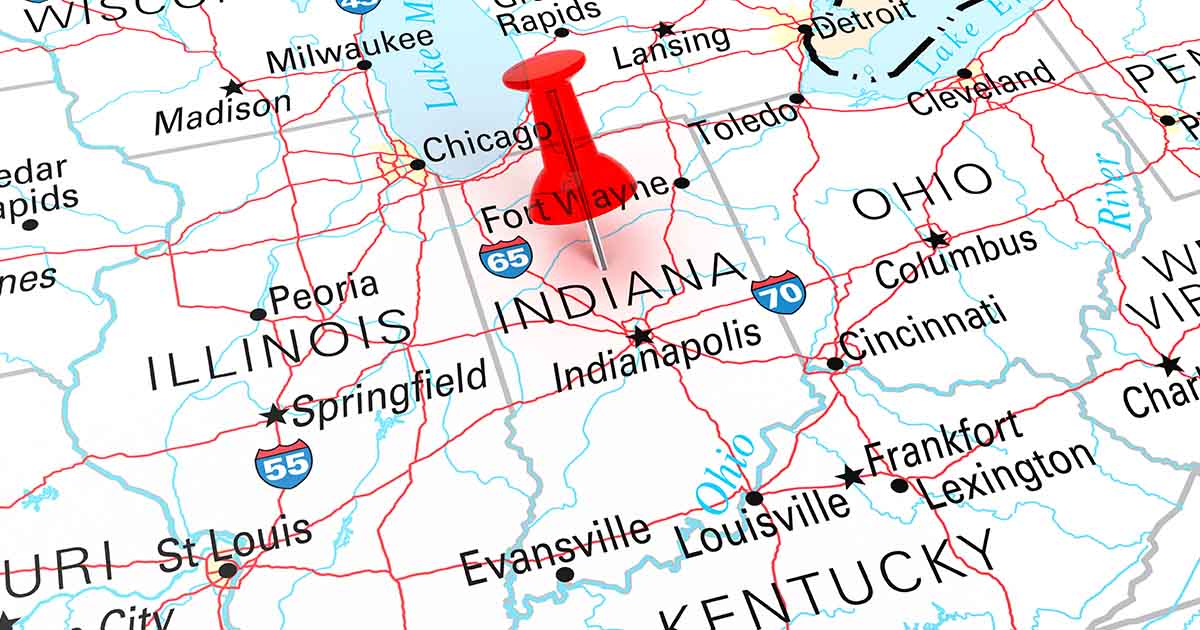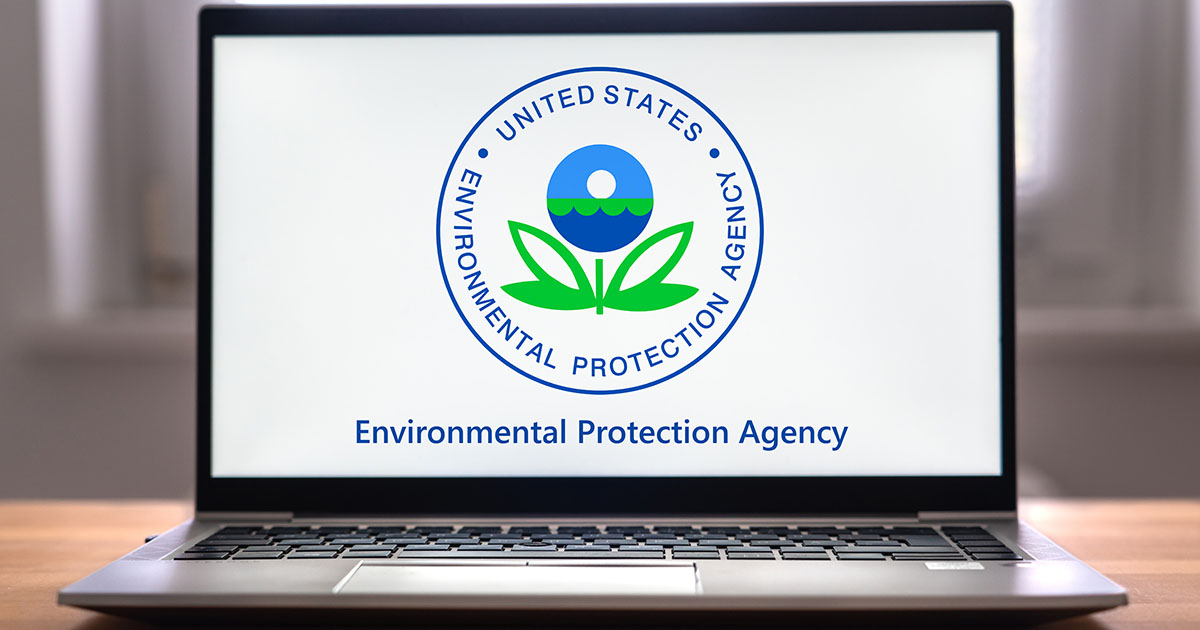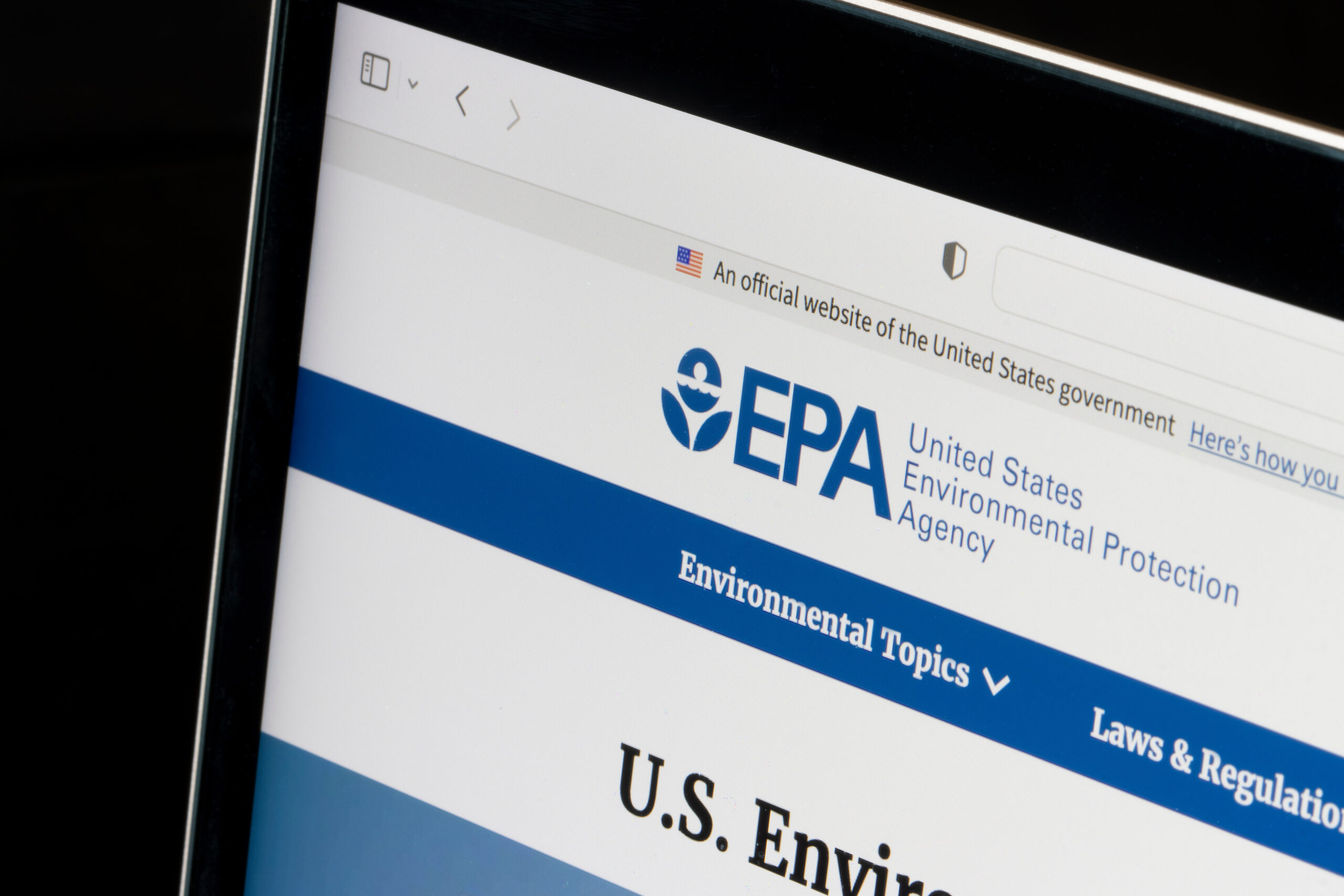Remediation is a calculated, and deliberate process. One that takes months and sometimes years, depending on how large the volume of contaminant is. Luckily, we have high-tech solutions that help us with the day-to-day monitoring of the cleanup process. We regularly install remediation systems that work autonomously and without the need for constant supervision, which saves our clients time and money. But, in order to reap those benefits, we must make sure we’re properly maintaining the mechanical components of remediation systems.
Whether it’s a Soil Vapor Extraction (SVE), Dual Phase Extraction (DPE), Air Sparge, or Ozone Sparge System, we enact a regularly scheduled preventative maintenance program. The idea is to keep the system running efficiently, and catch any potential problem before it turns into a real problem. The focus, during our maintenance visits, is on keeping the system clean, lubricating bearings and other moving parts, correcting deficiencies (i.e. worn or broken belts, rusted hardware, dirty filters), and operating safety devices. We also pay close attention to hazard controls like machine guards, exhaust ventilation, silencers, control technology, and other devices important to the operation of the machine.
There are two obvious advantages to Preventative Maintenance. First and foremost, it preserves and enhances the reliability of our equipment and ensures optimal efficiency. A broken component that goes unrepaired could lead to bigger issues down the road, costing the client both time and money. And when we offer our services, we make promises to our client, and we don’t like to break them. Maintaining a working remediation system that will operate either at or underneath the quoted costs goes a long way in helping us keep those promises.
Another distinct advantage to Preventative Maintenance is that it helps us reach our health and safety goals. Proactive repairs protect us from possible injuries caused by malfunctioning equipment. Thorough record-keeping allows for more seamless automation and upkeep, and gives us more transparency with our regulatory partners. As we mentioned earlier, it also improves the efficiency of the system in removing contaminants, and the ultimate goal is to root out the human health risks anyway.
We appreciate the technology that we have at our disposal. Active remediation systems allow us to conduct the meticulous process of remediation without continuous human supervision and oversight. The caveat is maintaining these systems, making sure they’re running at optimal efficiency, and uncovering any problems before they cost the client time or money. A properly executed preventative maintenance plan allows us to stay one step ahead.
What we look for during a preventative maintenance check of our remediation systems
Above are three good examples of things we look out for during maintenance of our remediation systems. Dirty filters, signs of wear, and rust are things that could impact the efficiency of our systems.
